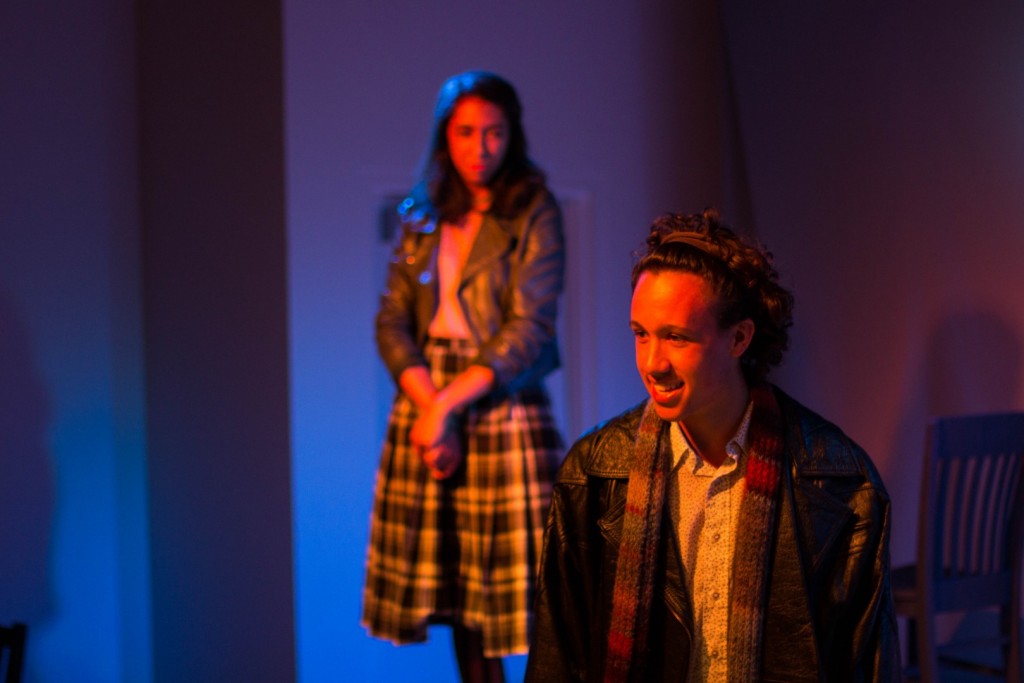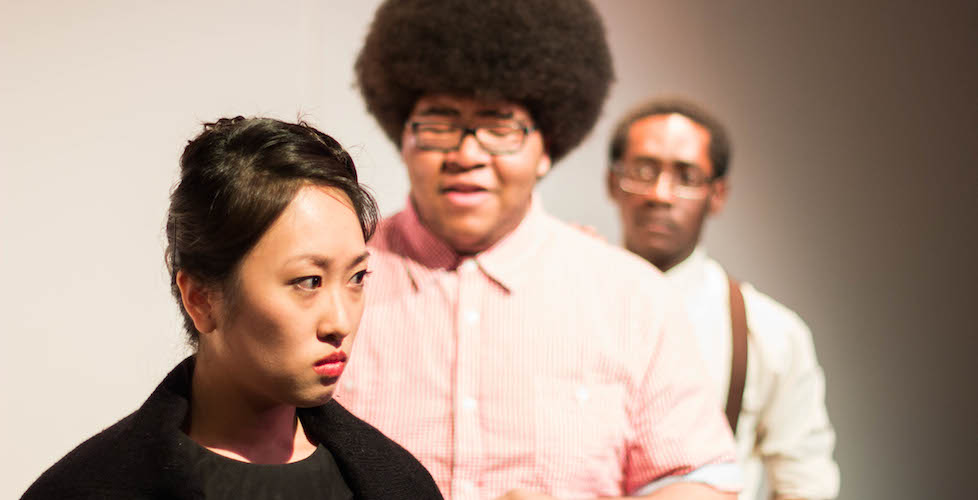Since its creation, the DU Department of Theatre has become somewhat of an institution. The department turns out plays, musicals, staged readings and senior capstone productions every year to the delight of the student body and the surrounding community. Given the increasing discussion surrounding race, sexuality and gender at DU, and the unique role they play in theater in general, it’s worth having a conversation about diversity specifically in regards to the Department of Theatre.
DU implemented the Inclusive Excellence Strategic Plan in 2011 to strive for goals of diversity on campus, but many minority students have been expressing frustrations with the way DU approaches issues of diversity. At DU, 21 percent of the undergraduates are students of color, an increasing percentage as the years go on. Subsequently, there is a decent amount of diversity in the modestly-sized Department of Theatre. As far as recent main season productions go, the department’s winter musical, “Little Shop of Horrors,” had a cast including two black students and one Asian student, as well as a number of queer students. The staged reading of “In the Next Room,” which fearlessly addressed issues of sexuality, also had one part written specifically for a black woman, which is rare.
“It feels like it’s getting less difficult to have a community where lots of different people are represented,” said Sarah Crockarell, a lecturer in the department. “We have a more diverse community, student community, than I feel like we’ve had in the past, which is awesome.”
This trend might have to do with the fact that the average college student is now less and less likely to be white and male. It’s becoming more likely that they’re Hispanic, black or Asian. However, an increase in diversity is only worth something if universities encourage an environment in which students of color are supported and listened to.
The Department of Theatre has an ability that no other department has. It can naturally foster a conversation about diversity simply by producing shows that discuss these issues. And these productions aren’t contained solely in the department; they affect audiences, too. Theatre has the unique ability to start discussions and get students thinking in ways that are much more subtle than traditional academia, and DU’s theatre department should make a point of utilizing that influence.
“[Diversity is] everything. It’s what theater should have been a long time ago,” said Anthony Adu, a sophomore theatre studies major from Accra, Ghana. “I think theater’s cool because you bring diverse ideas and you bring diverse backgrounds into making something good, into making a piece [that] people can relate to it. And I feel like over however long theater has been a thing, a lot of stories have been white stories. What about all the perspectives that are never told?”
Producing shows that have intentional roles for people of color is important. While color blind casting is good, and is one way to approach diversity, having actors of color solely telling white stories can only push diversity to a certain level. It’s difficult to do frequently in a department with a modest number of people of color, and can sometimes lead to issues with casting roles prior to auditions. However, if the faculty deliberately discusses it and chooses the right plays, it can make serious waves.

The department is, by design, able to support a wide range of types of shows and roles for students, given its array of productions throughout the year.
The senior capstone plays, directed by senior theatre students, allow for a wide range of casts and plots to be explored in a short time. Last year’s second cycle was a little scant on non-sexualized female characters, but the two cycles this year saw a massive improvement in representation for women. In this year’s first cycle, the play “I’m Not Stupid”—which featured wonderfully complex characters—saw all three roles played by students of color (although it might be worth noting that these three students of color are the same three who were in “Little Shop of Horrors”). The second cycle’s first play, “All We Can Handle,” featured David, a role typically played by one male, which was fluidly portrayed by three actors—a white man, a black man and a black woman. This is a prime example of the innovative ways productions can break norms surrounding gender and race.
“I’m always fascinated by how much we’re able to push boundaries during our staged readings and I feel like it should also come into our main productions,” Adu said. “And [we should be] going to high schools, impoverished high schools, high schools of diversity, to encourage people to come here, cause it’s important.”
In addition to the casting and selection of productions, intentional conversations are a necessary part of addressing issues of diversity.
“We do [have conversations about diversity],” said Crockarell. “Maybe because it’s a theater department and we have those kinds of relationships, those conversations happen. People talk about it. It totally may in ways that I’m not aware of, [but] it seems like it’s not something that gets pushed under the rug.”
While conversations happen within the faculty, and certain professors are trying very hard to push these conversations further, some students don’t feel the same way.
“I’ve never felt that I am the token black person in the DU theatre department, and so for me personally, diversity has never been a thought, and I think that’s a problem, because it should be,” Adu said. “Conversations aren’t really being had when it comes to diversity in terms of gender, in terms of race, in terms of sexuality. Like there are only a few professors [who are having those conversations].”
The Department of Theatre is certainly making some wonderful strides in terms of diversity (arguably more successfully than the university as a whole), but it hasn’t lived up to what it’s truly capable of. So diversity overall? As Adu said, “The department does a good job of it—it can be better.”
The department’s approach to diversity is certainly improving, and it can only go up from here.











